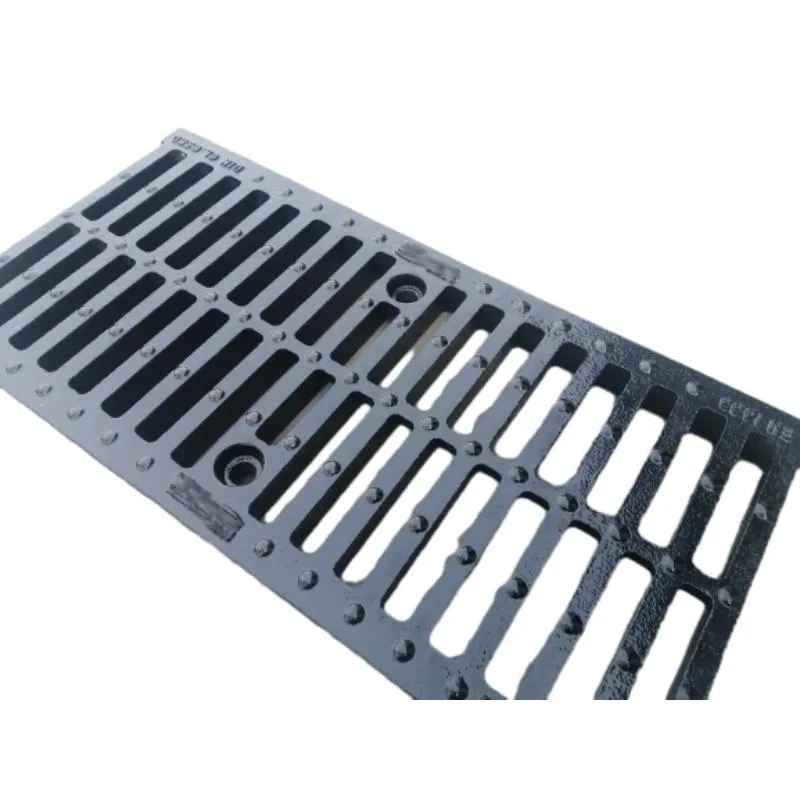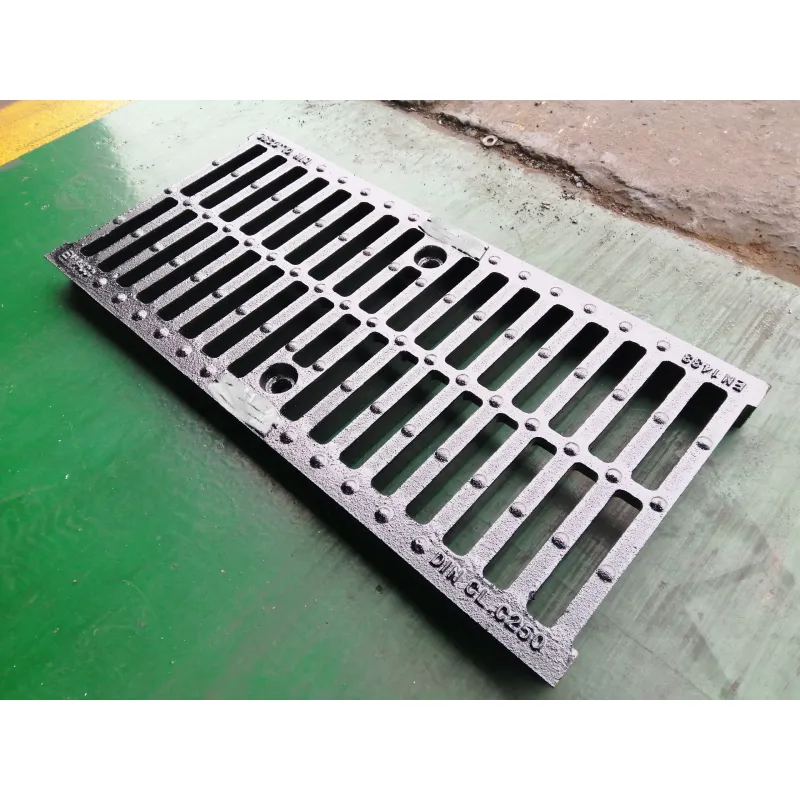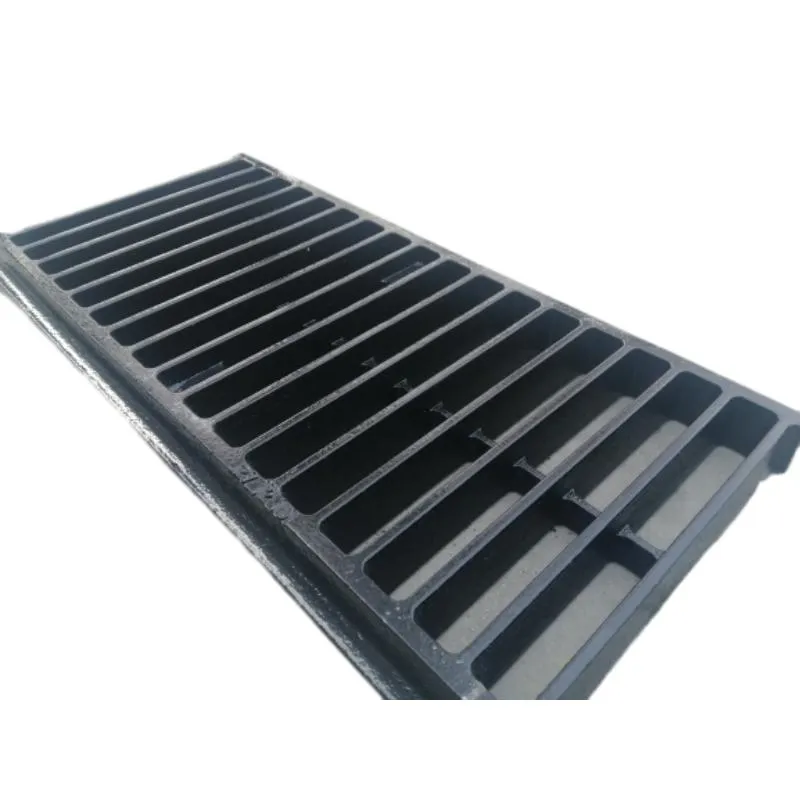Looking for Gully Grid 200mm—Sealed Cast Iron Performance?
Field Notes on the gully grid 200mm: specs, trends, and what buyers actually ask
If you manage drainage in car parks, workshops, or tricky courtyard edges, you already know the quiet hero is the grid itself. The 200 mm channel width is a sweet spot—compact, strong, and easy to detail. I’ve been on more than a few sites where the wrong spec caused ponding or cracked covers. Not fun. This piece breaks down what’s changed in the last two years, what to look for, and how the latest ductile iron designs stack up in the real world.

What’s trending (and why it matters)
Two currents stand out. First, specifiers are pushing for EN-classed products with traceable casting quality (GGG500‑7 is the go-to), and second, there’s a steady drift toward coated surfaces to slow corrosion in urban runoff. The gully grid 200mm format is often paired with polymer concrete or concrete channels per EN 1433, but many buyers still reference EN 124 for the grating top—honestly, both appear in bid documents. That’s normal.

Product snapshot and specs
Model in focus: Drainage Gully Grating EN1433 Channel Grating Class C250 for Roadway Drainage (Origin: Room 1005, Building 1-2, Phase I, North China Golden Sun Commercial City, Xinhuanan Road, Xiangdu District, Xingtai City, Hebei, China). Production capacity is around 20,000 tons/year, which, to be honest, is reassuring for continuity of supply.
| Material | Ductile cast iron GGG500‑7 (EN 1563) | High strength, impact resistant |
| Width | 200 mm channel nominal | Custom lengths available |
| Load Class | B125 / C250 / D400 / E600 / F900 | C250 common for car parks, forecourts |
| Standard | EN 124 (tops), aligns with EN 1433 channel use | Project requirements vary |
| Coating | Bitumen painted | ≈240 h salt spray target; real-world may vary |
| Packaging | Wooden box / pallet | Export-ready |
| Lead time | ≈20–30 days | Seasonal loads apply |
| Payment | T/T, L/C, D/P | Typical for export |

How it’s made and tested
Process flow: qualified pig iron + steel scrap → medium-frequency induction melting → spheroidization and inoculation → sand molding → controlled cooling → shot blasting → machining (seat interfaces) → bitumen coating → QC.
- Metallurgy: GGG500‑7 per EN 1563; ferrite/pearlite matrix checked by micrograph.
- Load testing: C250 ≈ 250 kN ultimate per EN 124; typical test piece passed without fracture; deflection kept within acceptable limits (lab note).
- Coating: bitumen film thickness spot-checked; salt spray benchmarked to ASTM B117 guidance.
- Service life: ≈30 years in normal traffic and de-icing exposure with periodic cleaning.

Where a gully grid 200mm just works
- Garages and workshops (forklift-rated, C250 minimum).
- Residential garden perimeters; narrow runnels along facades.
- Retail forecourts and light roadway edge drainage; bus bays trend to D400.
Advantages: high strength-to-weight, replaceable sections, simple maintenance. Many customers say installation is faster than heavier legacy gratings—no surprise.
Vendor snapshot (quick compare)
| Vendor | Material | Standards | Lead time | MOQ | Certs | Price band |
| HBYQ Metal (Hebei) | GGG500‑7 | EN 124 / EN 1433 aligned | 20–30 days | ≈100 pcs | ISO 9001 (typ.) | $$ |
| Local Foundry A | GGG400/500 | EN 124 | 2–6 weeks | Small batches | CE mark (project) | $$$ |
| Importer B | Mixed | EN 124 claim | 4–10 weeks | Full pallet | Varies | $–$$ |

Customization and real site feedback
You can spec custom dimensions, anti-slip serrations, hinge/locking features, and logo casting. A municipal side-street retrofit we followed used gully grid 200mm C250 over polymer concrete channels; after six months, maintenance reported easy debris lift-out and no rattle under vans—small win, big mood.
Industries: municipal works, light industrial, logistics yards (C250–D400 bands), and residential developers. Transport packaging is palletized; it arrives tidy. Payment terms are the usual T/T, L/C, or D/P.

Bottom line
For most car parks and mixed-use forecourts, a C250-rated gully grid 200mm in GGG500‑7 is the sensible, low-drama choice. Check the standard on the drawing, confirm test data, and make sure the coating suits your runoff chemistry. You’ll sleep better, genuinely.
References
- EN 124-2:2015 Gully tops and manhole tops for vehicular and pedestrian areas (CEN). https://standards.cen.eu/
- EN 1433:2002 Drainage channels for vehicular and pedestrian areas (CEN). https://standards.cen.eu/
- EN 1563:2018 Ductile iron castings (CEN). https://standards.cen.eu/
- ASTM B117 Standard Practice for Operating Salt Spray (Fog) Apparatus. https://www.astm.org/b0117
-
Durable & Safe 600mm Round Drain Covers | HBYQ Metal SolutionsNewsNov.25,2025
-
Comprehensive Guide to Square to Round Recessed Drain Cover 500mm | Durable & Efficient Drainage SolutionsNewsNov.24,2025
-
Round to Square Manhole Cover – Adaptive Infrastructure Solutions for Modern CitiesNewsNov.24,2025
-
Square to Round Recessed Drain Cover 450mm – Durable & Efficient Drainage SolutionsNewsNov.23,2025
-
Durable Round Inspection Chamber Covers for Urban and Industrial Use | HBYQ MetalNewsNov.23,2025
-
Square to Round Recessed Drain Cover | Durable & Adaptable Drain SolutionsNewsNov.22,2025
-
Durable Square to Round Recessed Drain Cover 300mm | Reliable Drain SolutionsNewsNov.22,2025
